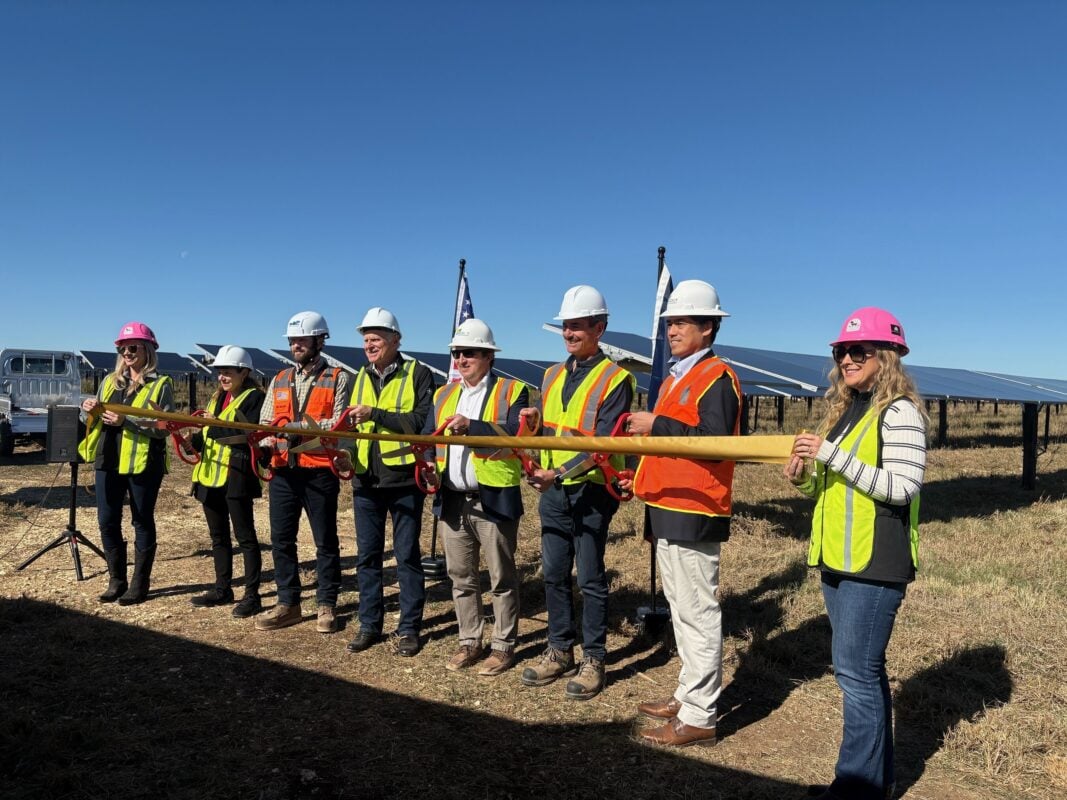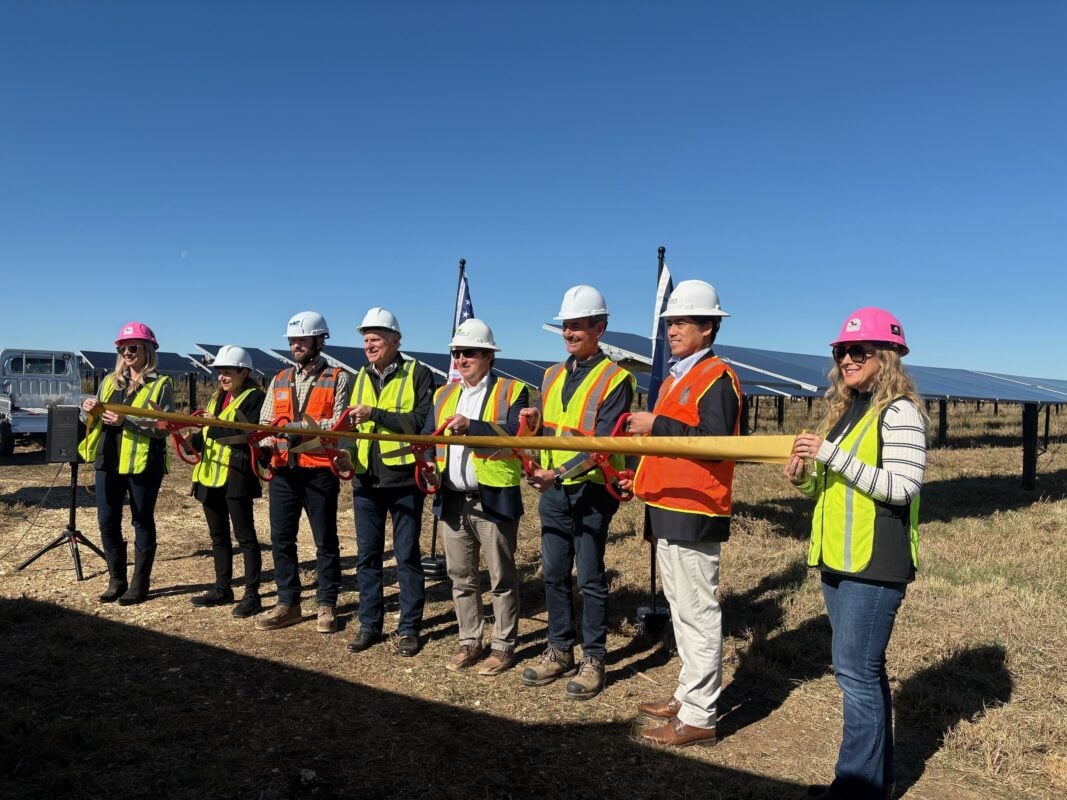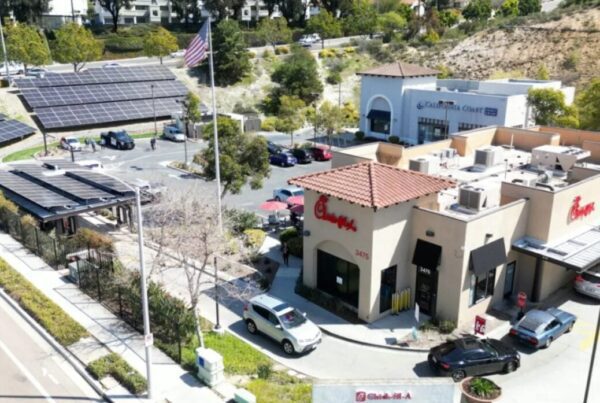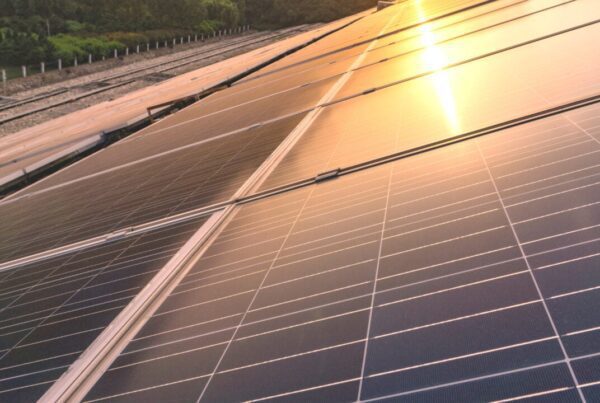
The Bee Hollow project is expected to begin construction in 2025 in St Claire county, Illinois. It will join the 200MW Prairie Wolf project, which NGR already operates in the state.
As with Prairie Wolf, Bee Hollow is likely to deploy modules from Ohio-based Cadmium Telluride (CdTe) thin-film module manufacturer First Solar. The two companies signed a framework agreement in 2022 for 2GW of modules to be deployed on NGR’s US projects in 2024 and 2025.
“We’re extremely proud of our deep roots in the Midwest, and our commitment to bringing clean, sustainable energy solutions to its residents remains firm,” said Blake Nixon, president and CEO of NGR. “The expansion of our portfolio in Illinois will further that commitment.”
One of the states on the Midcontinent Independent System Operator (MISO) network, Illinois has seen some significant solar PV developments in recent months. In August, tech giant Google financed the construction of Swift Current Energy’s 800MWdc Double Black Diamond solar project in the state, and in June renewables developer Ameren Missouri acquired a 150MW Illinois PV project from a subsidiary of oil giant Shell.
The state has ambitious energy decarbonisation goals, which include meeting 25% of power demand with renewable power by 2025. US trade body the Solar Energy Industries Association (SEIA) forecasts that solar capacity in Illinois will increase by 1,700% in the next five years.
Illinois is a largely agricultural, flat state, which makes it an attractive prospect for solar PV development. Simultaneously, more traditionally attractive state markets for solar, like California and Texas, are requiring developers to produce more sophisticated solar projects as their systems become more saturated.
The CEO of EDP Renewables North America, Sandhya Ganapathy, told PV Tech earlier this year that the “low-hanging fruit” for US solar development was gone and developers needed to branch out into less well-served state markets.
In conversation with PV Tech Premium, Ganapathy also emphasised the benefits of co-locating solar with energy storage as a “value proposition” for US renewables developers.
Arevon powers up California peaker plant
Leading renewable energy developer Arevon has become a major developer of such co-located solar-plus-storage projects in the US.
Yesterday, the firm marked the start of operations at its 157MW/600MWh Vikings solar-plus-storage project in Imperial County, California.
The US$529 million project is one of the first utility-scale solar peaker projects in the US, Arevon said. Peaker plants are designed to discharge power when demand and prices are highest, which in California tends to be in the late afternoon and evening.
Peaker plants are traditionally coal-based, and often the most emissions-intensive plants in a system.
Arevon said the Vikings plant “shifts low-cost daytime solar energy to higher-cost peak demand periods”. It can do so through its battery energy storage system (BESS), which it said can “rapidly adjust capacity in seconds.”
“Vikings’ advanced design sets the standard for safe and reliable solar-plus-storage configurations,” said Kevin Smith, CEO of Arevon. “Its completion marks a significant milestone for Arevon, as we continue to meet California’s clean energy needs while advancing energy security and independence nationwide.”
Energy storage has become increasingly important to California’s grid stability. The state is known for its “duck curve”, where its high penetration of solar PV pushes power prices to near or below zero in the middle of the day. Energy storage systems offer a way to balance supply and demand while expanding renewable energy penetration to the state’s grid.
The project deploys US-made components, Arevon said, including First Solar thin-film modules, Nextracker module tracking systems and Tesla megapack BESS. Arevon has signed an offtake agreement with San Diego Community Power, a community power supplier.
Vikings was also one of the first projects to make use of the Inflation Reduction Act (IRA) tax credit transferability provisions, which allow project owners to sell renewable energy tax credits for cash.
Scout Clean Energy inaugurates first PV plant in Texas
Another US developer, Scout Clean Energy, has completed construction of its first utility-scale solar PV project. The 209MW Markum solar project is located across Bosque and McLennan Counties in Texas.
The company acquired the Markum site in 2021 from L-Bar-L Ranch, a business run by the Linn family who originally self-developed the project. Formerly a cattle farm, the new Markum solar project will graze sheep beneath and between the panels.
“The Linn family has been in agriculture for over 120 years and looks forward to merging agriculture and green energy to continue legacy ranching for generations to come,” said the Linn family in a joint statement. “Lonestar Lambscaping, owned by the Linn family, is proud to bring our award-winning conservation ranching traditions to the emerging market of agrivoltaics.”
Last year, Scout Clean Energy signed a PPA with toothpaste and toiletries producer Colgate-Palmolive for the power produced at the Markum project.
Canadian asset owner Brookfield owns Scout Clean Energy. The acquisition took place in 2022 as part of a US$2 billion deal where Brookfield also bought Standard Solar.






